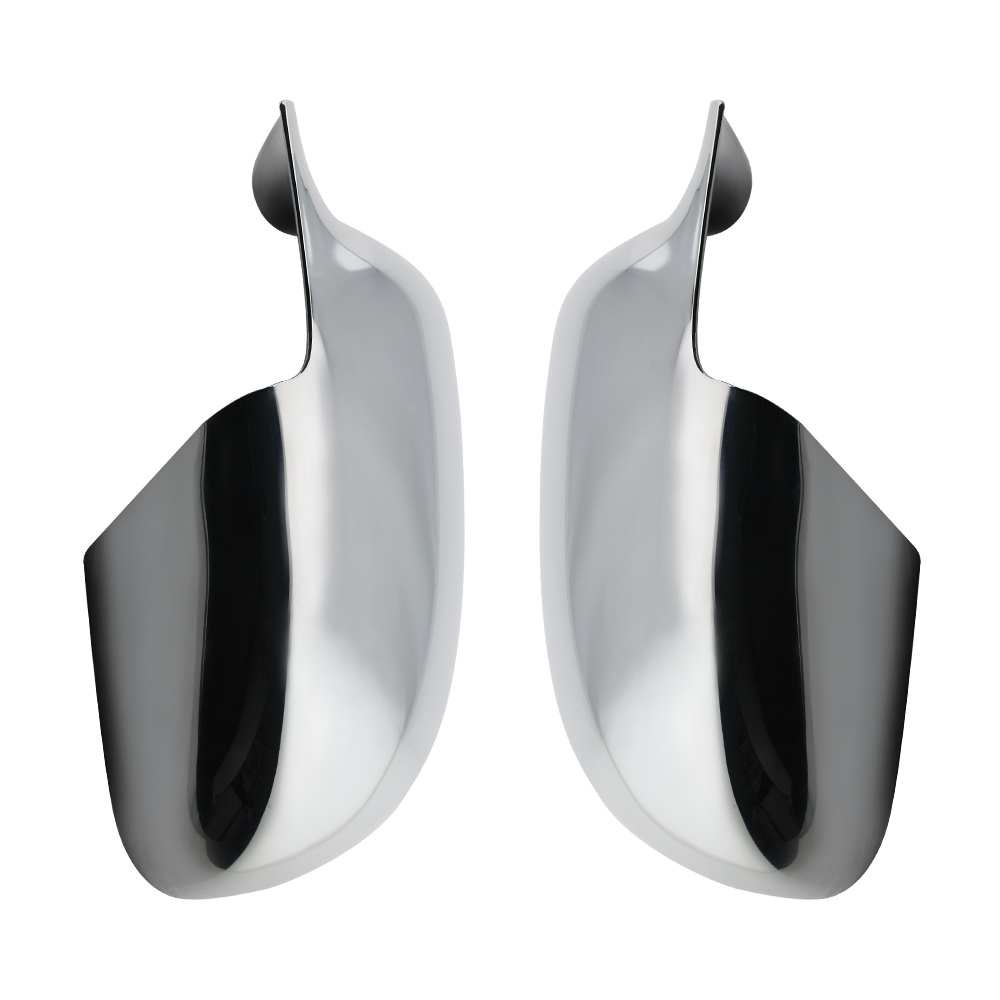
Car mirror covers play a dual role in vehicles: they protect side mirrors from damage and contribute to the vehicle's overall style. Selecting the right material for a mirror cover is crucial, as it affects durability, weight, cost, and aesthetic appeal. Car mirror cover manufacturers use a variety of materials to meet these different requirements, ensuring that both functional and design needs are addressed.
Common Plastic Materials
Plastic is widely used in car mirror covers due to its affordability, lightweight nature, and flexibility in design. Acrylonitrile butadiene styrene (ABS) is one of the commonly used plastics. It offers good impact resistance, maintains shape under stress, and is easy to mold into complex shapes. Polycarbonate (PC) is another option that is often used either alone or combined with ABS. PC provides higher thermal stability and resistance to cracking, making it suitable for vehicles exposed to varying weather conditions. Many car mirror cover manufacturers use blends of ABS and PC to balance flexibility, strength, and cost.
Lightweight Metal Options
Some mirror covers are made from lightweight metals such as aluminum or aluminum alloys. These materials provide additional durability and resistance to dents and scratches while keeping the overall weight low. Aluminum covers can be anodized or painted to match the car's body, offering both functional protection and a polished appearance. Metal mirror covers are often found on higher-end vehicles or models where a sturdier feel is desired. Manufacturers may combine metal with plastic components to reduce cost and maintain compatibility with mirror mechanisms.
Carbon Fiber and Composite Materials
For performance-oriented or luxury vehicles, carbon fiber and composite materials are commonly used. Carbon fiber is extremely strong and lightweight, offering high resistance to impact and environmental factors. Its distinctive woven texture also adds a stylish, high-end look to the vehicle. Composite materials, which may combine carbon fiber with resins or other polymers, allow manufacturers to create covers that have specific mechanical properties, such as increased flexibility or enhanced shock absorption. These materials are often chosen for vehicles where both performance and aesthetics are important.
Surface Finishes and Coatings
Beyond the base material, the surface finish of car mirror covers plays an important role. Car mirror cover manufacturers apply coatings such as paint, chrome plating, or powder coating to improve aesthetics and durability. These finishes protect against UV rays, scratches, and corrosion while allowing customization in color and texture. Matte, glossy, or textured finishes can be applied depending on the vehicle's design and the owner's preference.
Factors Affecting Material Selection
Choosing the right material for a car mirror cover depends on several factors. Vehicle type, expected usage, environmental exposure, and budget all influence the decision. Daily-use vehicles may prioritize cost-effective plastics, while high-performance or luxury vehicles may use carbon fiber or metal for added protection and style. Manufacturers also consider ease of installation, compatibility with mirror mechanisms, and long-term durability when selecting materials.
Car mirror cover manufacturers use a variety of materials to balance protection, weight, cost, and design. Common plastics such as ABS and polycarbonate provide flexibility and affordability, lightweight metals like aluminum offer durability and a refined appearance, and carbon fiber or composites deliver strength and style for specialized applications. Surface coatings further enhance protection and aesthetics. Understanding these material options allows vehicle owners and designers to select mirror covers that meet both functional and visual requirements, ensuring longevity, protection, and cohesive vehicle design.

 English
English 日本語
日本語 Français
Français Deutsch
Deutsch Español
Español 简体中文
简体中文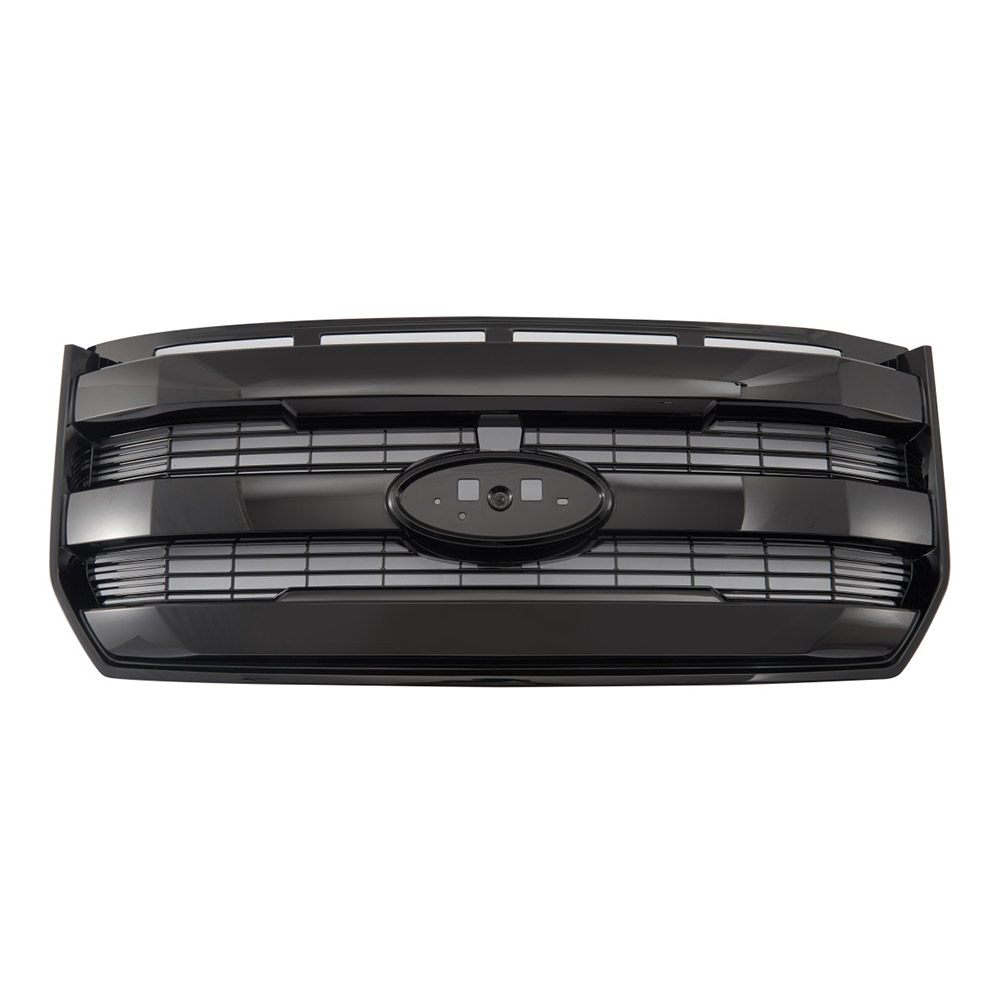
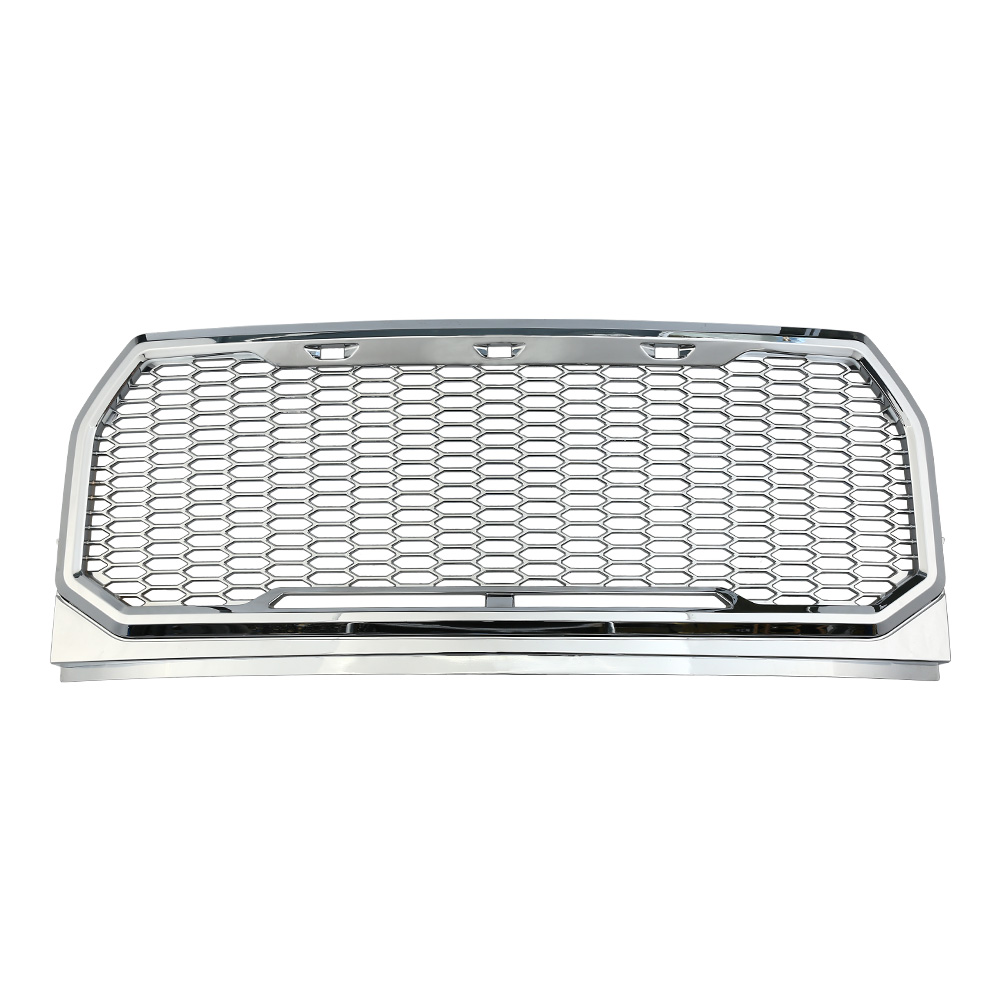
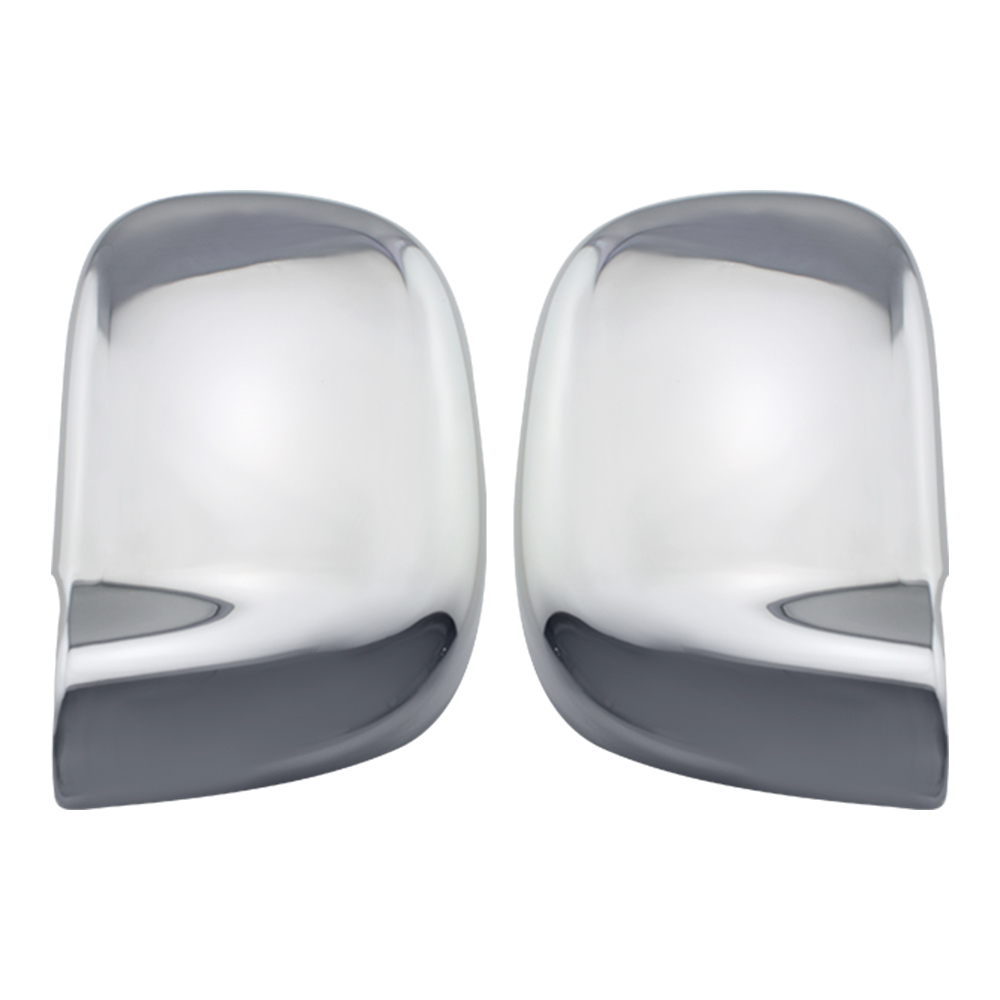 View More >>
View More >>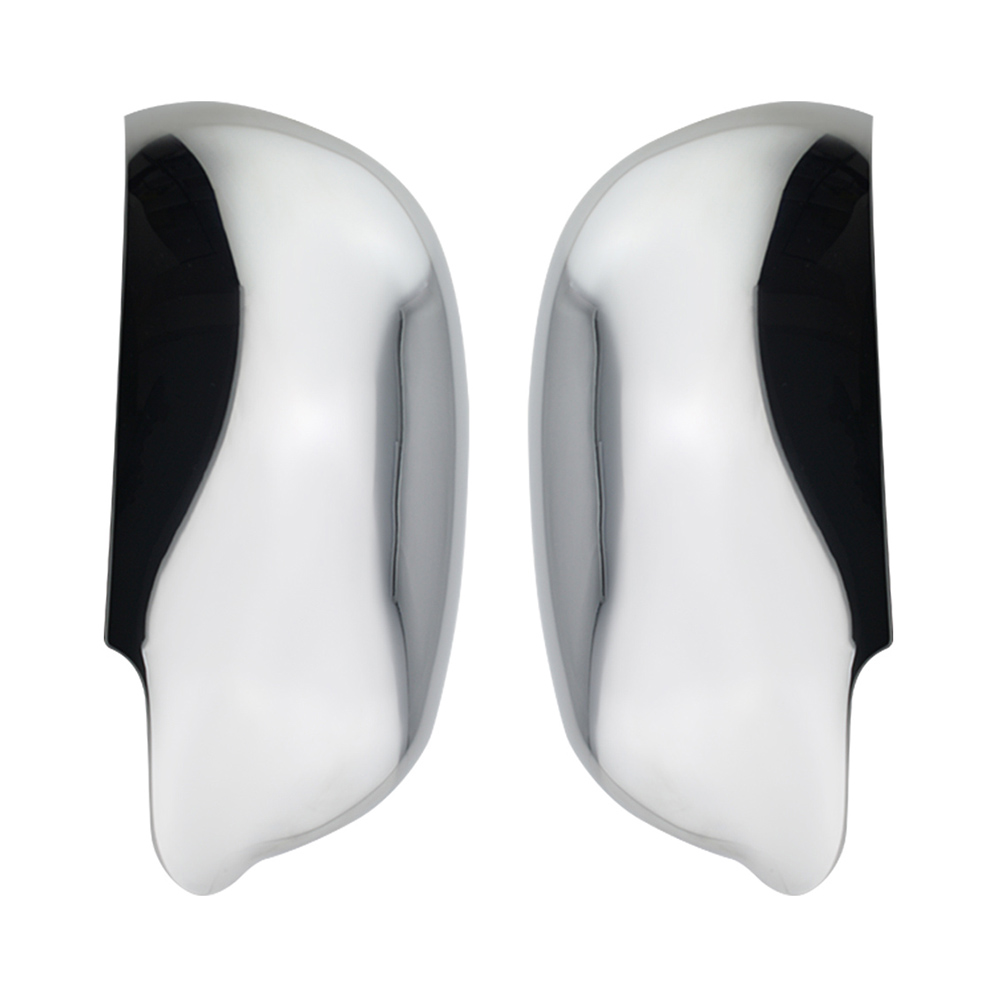 View More >>
View More >>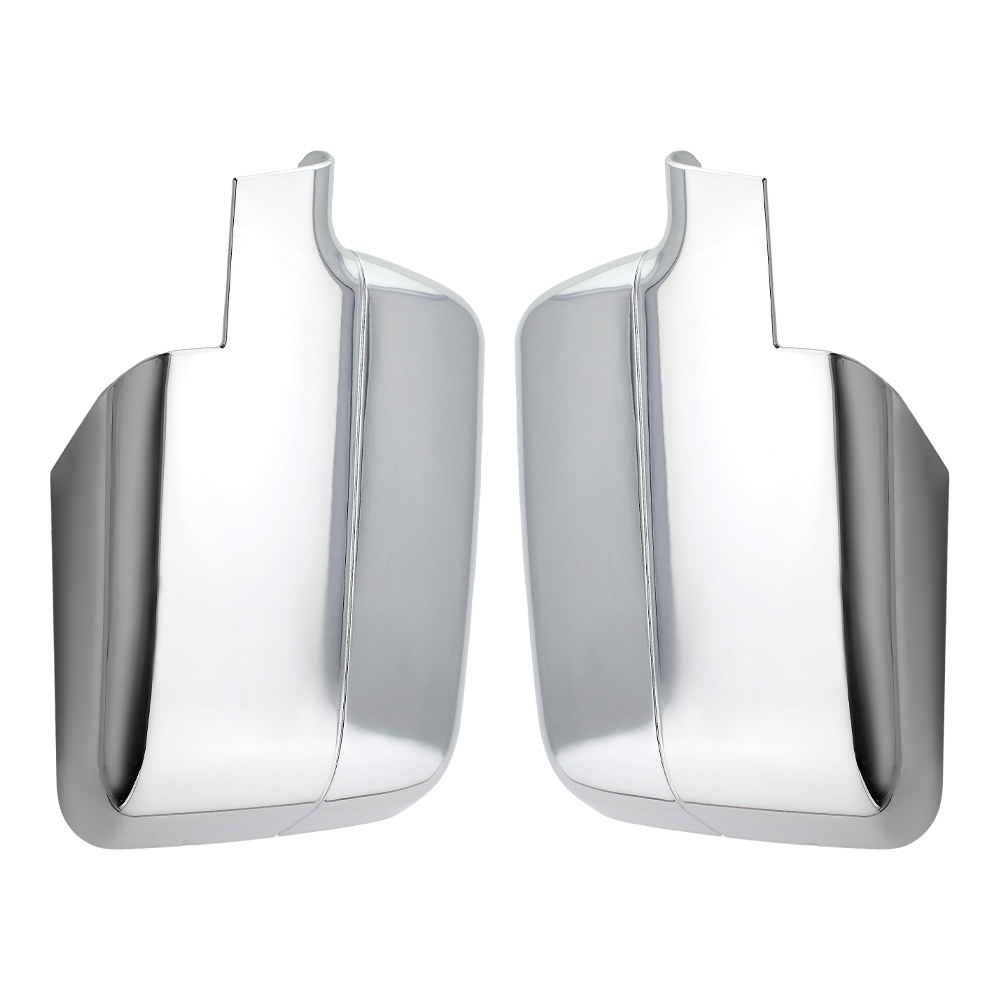 View More >>
View More >>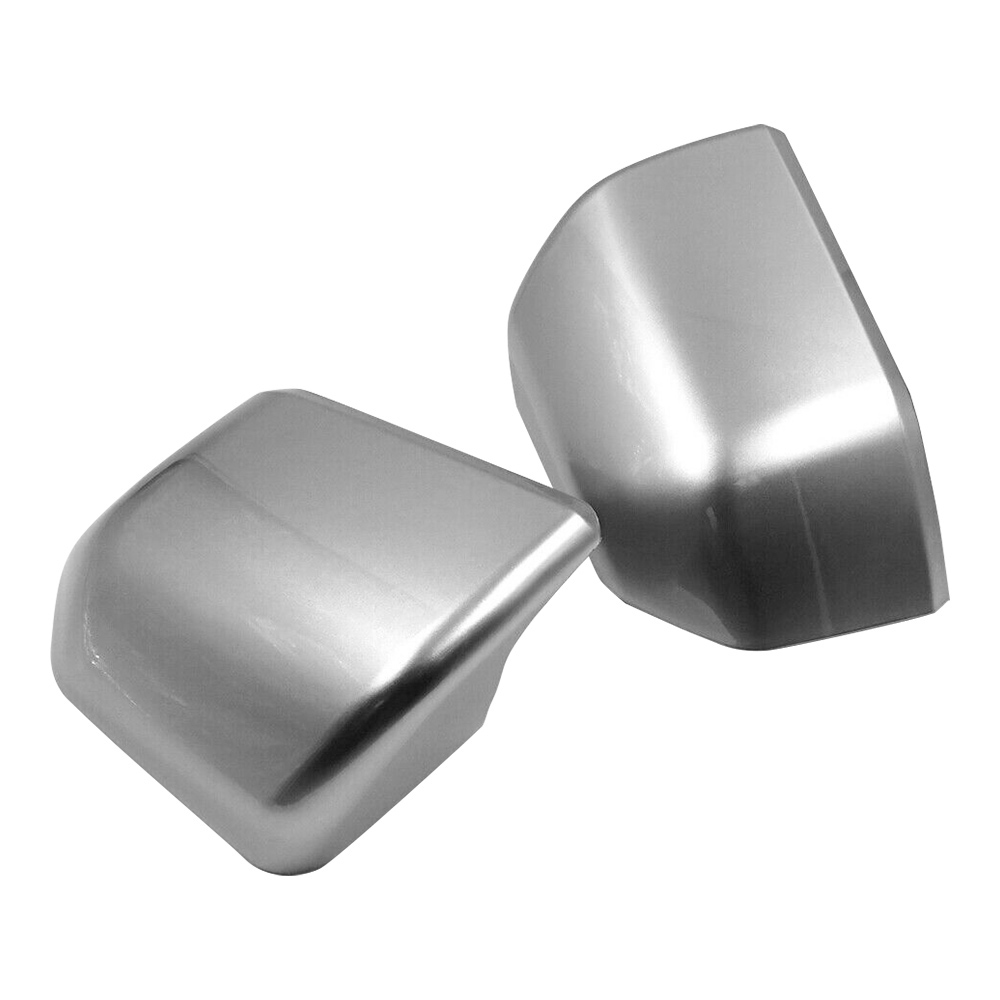 View More >>
View More >>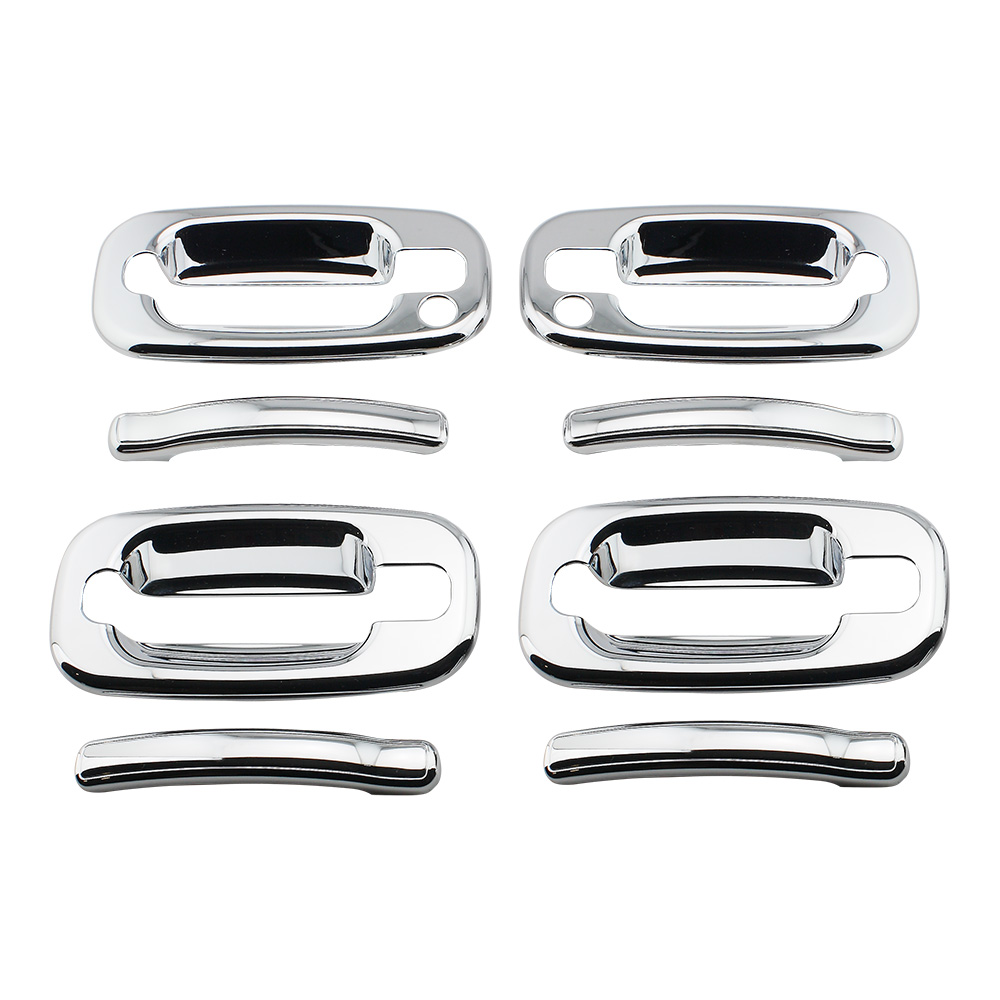 View More >>
View More >>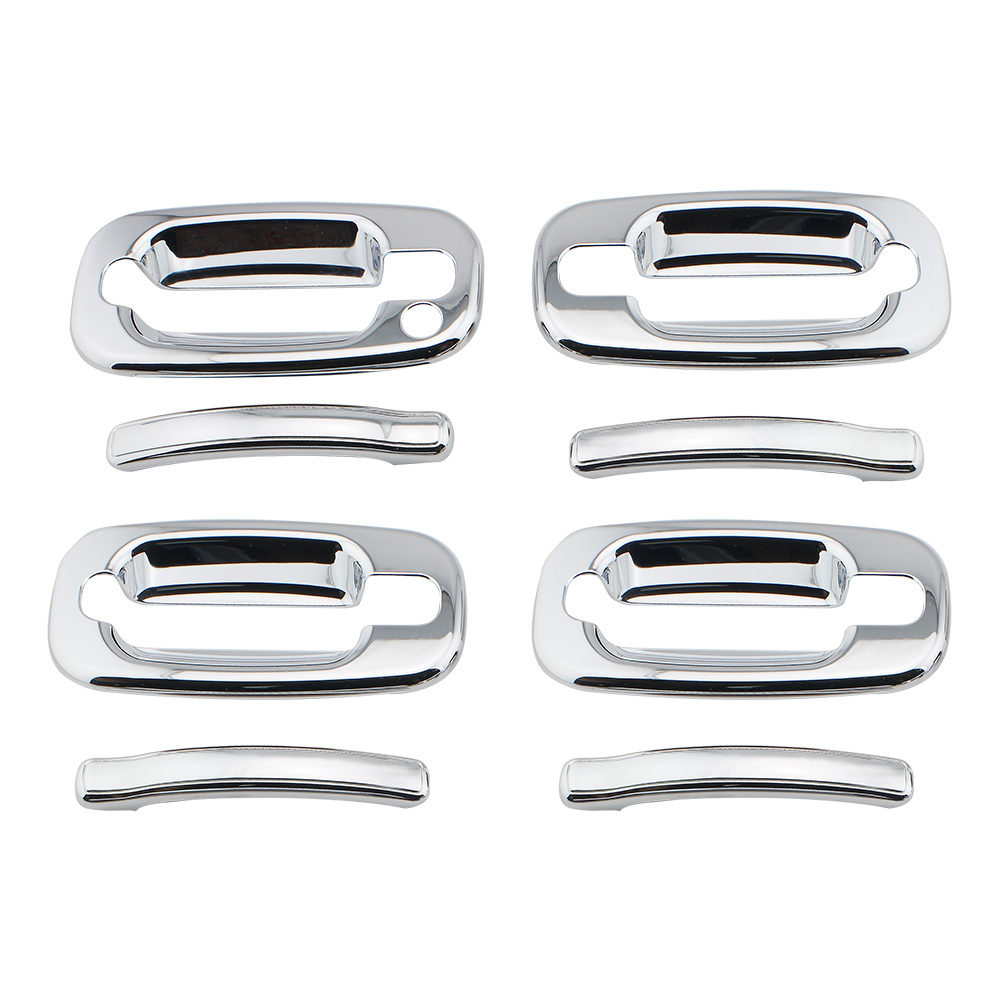 View More >>
View More >>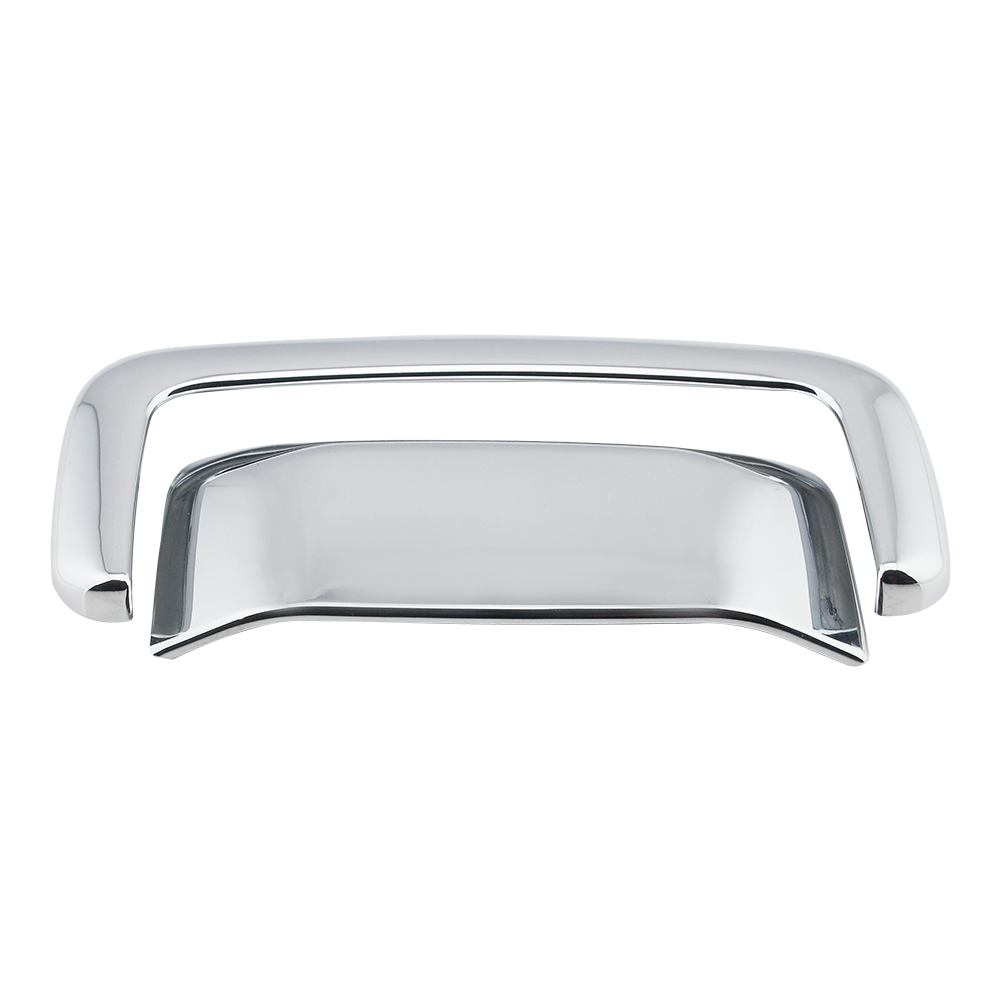 View More >>
View More >>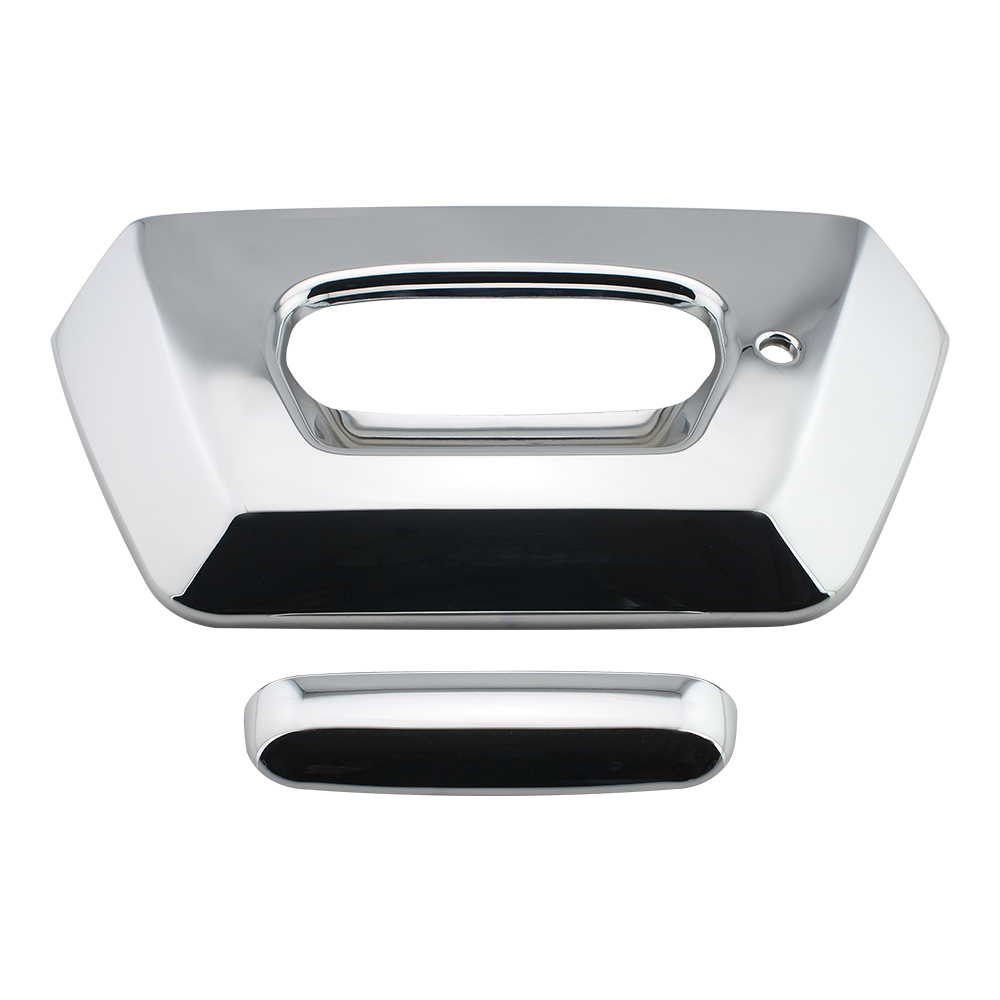 View More >>
View More >>(canaddletterfordraptor)-1.jpg) View More >>
View More >>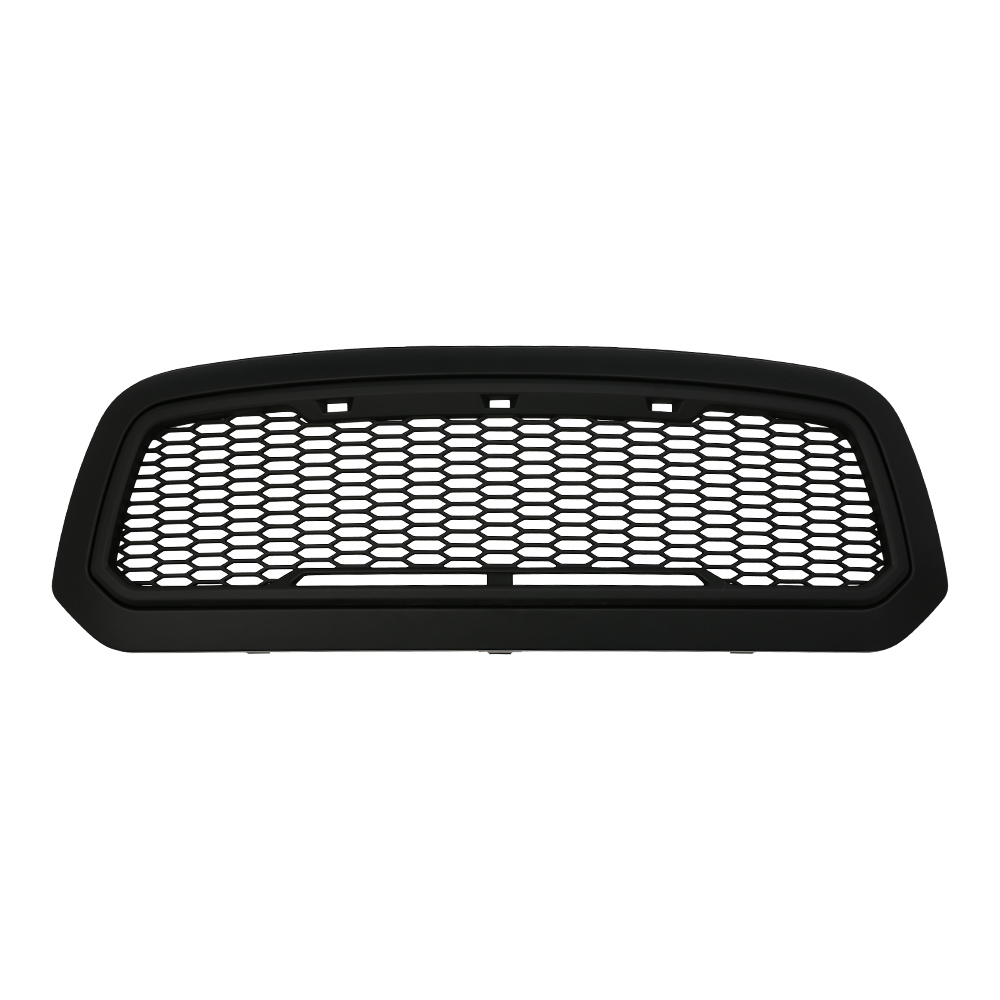 View More >>
View More >>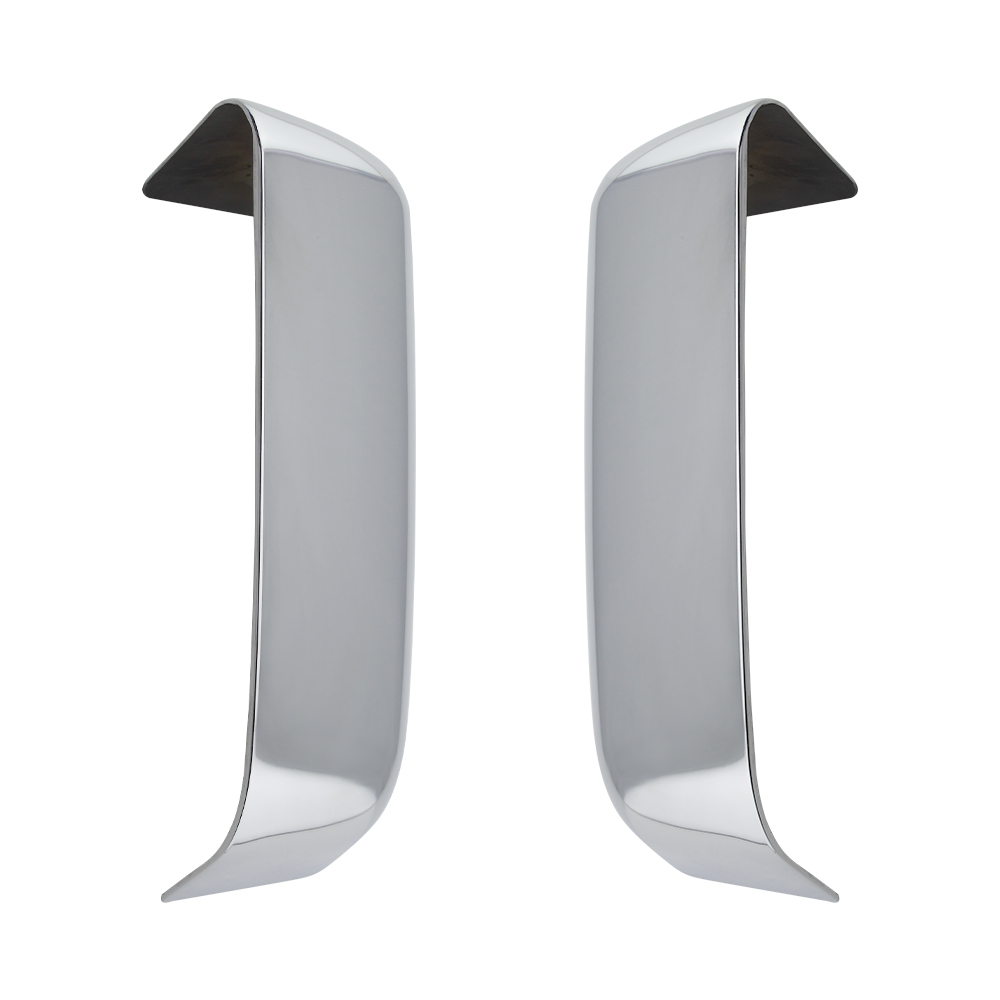 View More >>
View More >>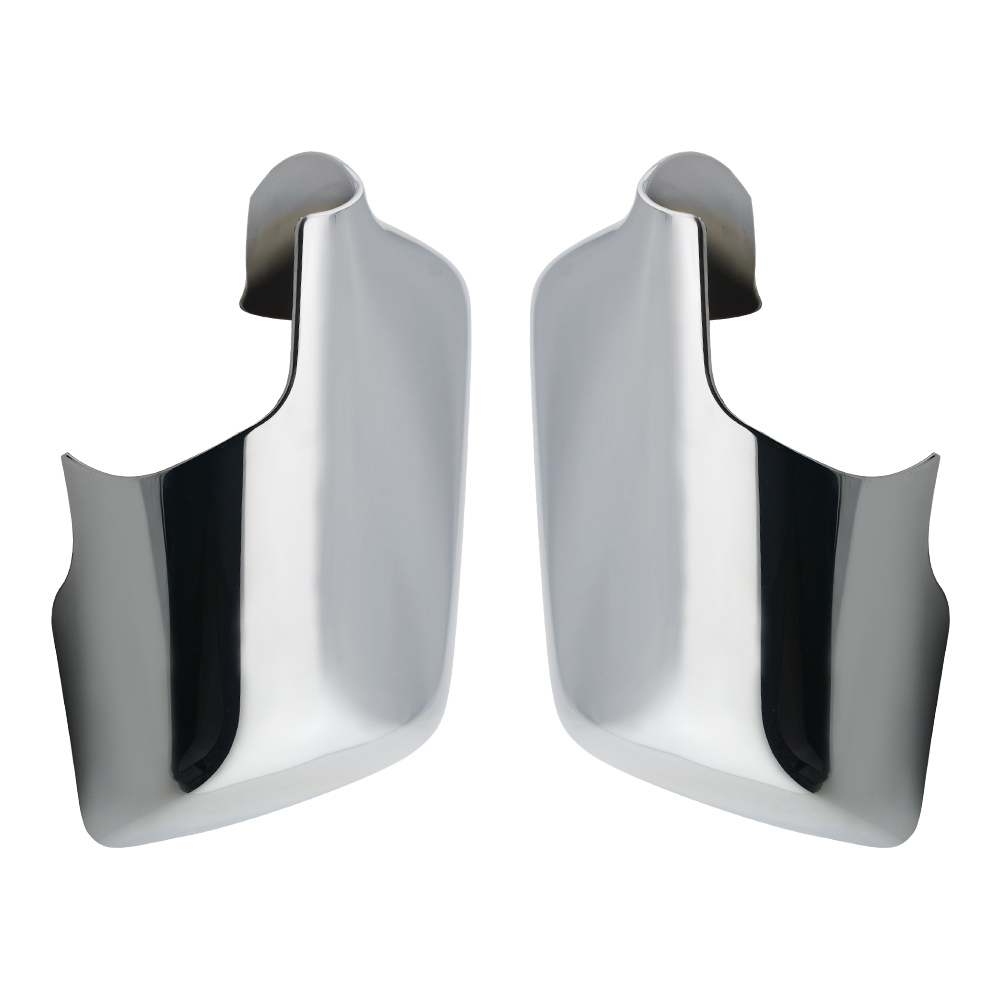 View More >>
View More >>
